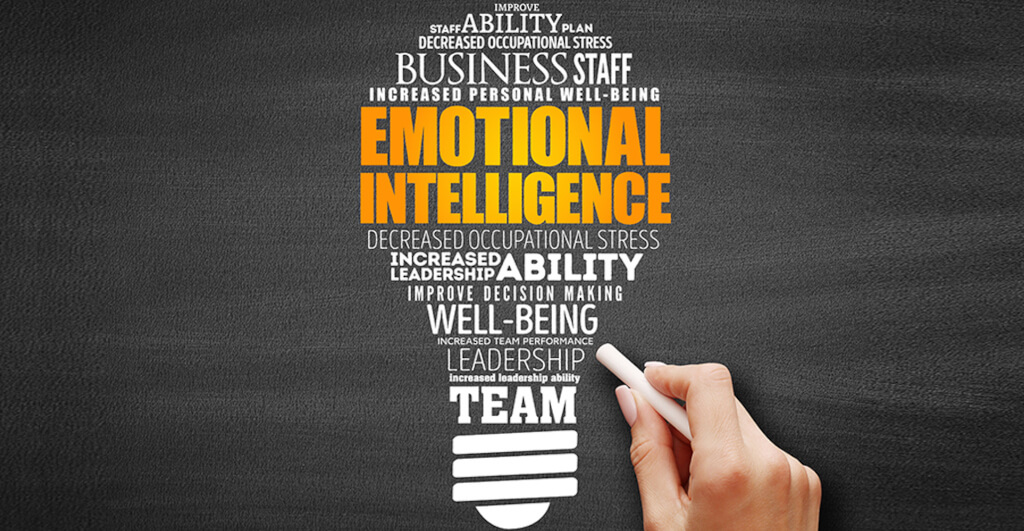GIS (Geographic Information Systems) mapping is a technology that allows the collection, management, and analysis of spatial data to understand patterns, relationships, and trends in geographic spaces. It integrates various data layers, such as topography, infrastructure, population density, and land use, into a single visual platform. By enabling users to interact with and analyse complex data sets geographically, GIS offers invaluable insights that are otherwise difficult to obtain through traditional data analysis methods.
In urban planning, GIS primary function is in supporting data-driven decision-making to create efficient and sustainable cities. It helps planners visualise potential impacts, optimise resource allocation, and balance competing land use priorities. GIS serves as a bridge between abstract planning concepts and actionable strategies by illustrating real-world spatial relationships. This clarity enables urban planners to design solutions that are practical, effective, and aligned with broader development goals.
By overlaying data such as population density, traffic flow, and land use distribution, planners can identify patterns that inform smarter decisions. For example, high-traffic areas can be pinpointed for infrastructure upgrades, while underutilised land can be earmarked for redevelopment. GIS also helps identify geographic constraints, such as floodplains, steep slopes, or protected conservation areas, ensuring that developments are both practical and environmentally responsible.
The visual clarity offered by GIS significantly enhances communication among stakeholders. Maps, 3D models, and interactive visualisations simplify complex data, making it accessible to diverse audiences, including city officials, developers, and community members. Planners can use these tools to illustrate proposed developments, highlight challenges, and showcase potential solutions in a way that builds understanding and support. This clarity fosters collaboration and helps ensure that urban planning initiatives align with both technical requirements and community expectations.
Development Processes
GIS plays a crucial role in site selection and analysis for town planning projects in South Africa. By integrating data layers such as zoning, topography, and existing infrastructure, planners can identify the most suitable locations for residential, commercial, or industrial developments. GIS allows for an in-depth assessment of accessibility to major roads, public transport, and essential utilities, ensuring new projects are strategically positioned. Additionally, environmental impacts can be evaluated early in the process, helping to avoid development in sensitive areas and ensuring compliance with environmental regulations.
In project management, GIS enhances the efficiency of urban development by enabling real-time monitoring of progress. Town planners can use GIS platforms to visualise construction timelines, track resource allocation, and identify potential bottlenecks before they escalate. This level of oversight ensures that projects remain on schedule and within budget. By providing a clear overview of logistics and milestones, GIS supports better coordination among teams, making large-scale developments more manageable and responsive to unforeseen challenges.
Urban Growth Management
Managing urban growth effectively is essential for South Africa’s rapidly expanding cities. GIS enables town planners to design strategies that accommodate population growth while avoiding urban sprawl, which can strain resources and increase infrastructure costs. By analysing spatial data, planners can identify underutilised areas suitable for development, ensuring that growth is contained within well-defined boundaries. Mixed-use developments, which integrate residential, commercial, and recreational spaces, are increasingly prioritised to optimise land use and reduce the need for long commutes. These approaches foster more compact, sustainable urban environments that are efficient and accessible.
Environmental Sustainability
GIS plays a vital role in balancing urban development with environmental sustainability. It allows planners to map areas suitable for green spaces, renewable energy installations, and conservation zones, ensuring that these elements are integrated into urban planning. Sensitive ecosystems, floodplains, and areas prone to erosion can be identified and protected from development, preserving biodiversity and minimising environmental risks. By aligning development plans with environmental priorities, town planners in South Africa can create cities that support long-term ecological health while meeting the needs of their growing populations.
Infrastructure Development
GIS is an indispensable tool for designing and optimising infrastructure in South Africa’s towns and cities. Town planners use GIS to map transportation networks, ensuring that roads, public transit routes, and pedestrian pathways connect key areas efficiently. It also aids in planning essential utilities such as water systems, electricity grids, and sewage networks by identifying optimal routes and pinpointing areas requiring upgrades. This data-driven approach ensures infrastructure development is both cost-effective and aligned with long-term urban growth strategies.
Disaster Management and Resilience Planning
GIS helps town planners identify and map areas at risk of natural disasters, such as floods, fires, or earthquakes, enabling better preparedness and mitigation strategies. By visualising risk zones, planners can prioritise infrastructure improvements, develop evacuation routes, and design resilient buildings in vulnerable areas. In a country like South Africa, where certain regions are prone to environmental hazards, GIS ensures that urban developments are safer and communities are better equipped to handle emergencies.
Urban Revitalisation Projects
GIS is a critical resource in urban renewal efforts, allowing planners to identify neglected or underdeveloped areas in need of revitalisation. By analysing data on property conditions, economic activity, and social demographics, planners can prioritise projects that stimulate local economies and improve living conditions. GIS enables targeted interventions, such as redeveloping abandoned buildings or enhancing public spaces, to breathe new life into communities while aligning with broader urban development goals.
GIS is rapidly evolving with advancements in technology, making it an essential tool for urban planning in South Africa. By integrating GIS with artificial intelligence and machine learning, planners can create predictive models to forecast population growth, infrastructure requirements, and environmental changes. Tools like drones and satellite imagery enhance mapping accuracy and provide real-time data for monitoring land use and development, enabling more precise and efficient planning decisions.
Citizen participation is increasingly facilitated through GIS, empowering communities to provide valuable input on local issues. Crowdsourced data allows town planners to visualise public feedback and prioritise projects that align with community needs. This transparency fosters collaboration between municipalities and residents, ensuring that urban development reflects local priorities while maintaining trust and accountability.

Innovators Interiors is revolutionizing audio spaces with their cutting-edge and dynamic designs. Designed with today’s…

With more people working from home than ever before, having a well-designed workspace is no…
GIS continues to revolutionise urban planning by improving data visualisation, efficiency, and sustainability. Its applications range from designing infrastructure and managing land use to balancing development with environmental preservation. By adopting GIS tools and integrating emerging technologies, South African towns and cities can become more adaptive, inclusive, and resilient to future challenges.
Urban Arrow is a trusted town planning consultancy based in Pretoria, Gauteng. With over a decade of experience, our SACPLAN-registered team specialises in sustainable and innovative planning solutions, including rezoning, township establishment, and land use management. We are dedicated to creating urban environments that meet the highest standards of quality and functionality.






